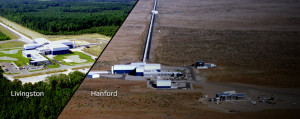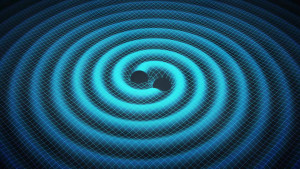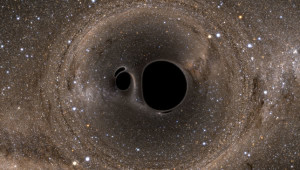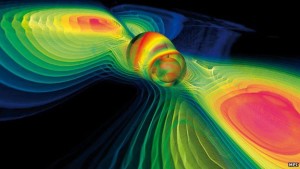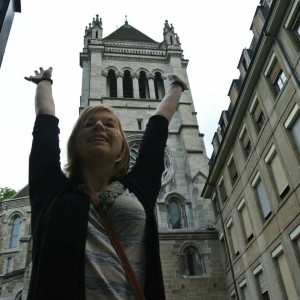by student and guest blogger Sophia Schwalbe, Space Physics
It’s day two of the Girls in Tech conference in Phoenix, AZ, an all – or mostly all – female conference for women in the technology field. It is heavily populated by women from Silicon Valley and low-down start-ups trying to make it big. It’s awesome to see so many women in the workforce that are trying to start a business or become a part of a business that is mostly dominated by men. But as I say that, it is interesting to note how the emphasis at the beginning of the conference was on standing up for oneself and on gender bias. I say interesting because I know I have encountered it, but I have never been outright hindered by it like many of our speakers have. 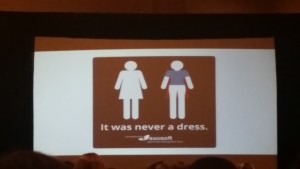 That being said, that is not the only topic; there are a lot of talks that are trying to give inspiration to women. One that particularly spoke to me was by one of the top lawyers in the U.S. who is actually the President of one of the largest law firms in San Francisco. She began by talking about being the good girl, always striving to reach those “As” until she made partner, and then she hit a wall, because she had gotten that last “A” as a lawyer and now she did not know what to do. So she had to ask herself what she wanted in life. And that really spoke to me: anyone that knows me knows I am a good girl, doing what I am supposed to, not pushing boundaries or standing up for my own wants and desires. It was a relief to know that I am not alone, and that it is possible – nigh, encouraged – for me to ask for what I want in life and not have to settle or strive for what is expected of me. This also ties in to a talk given this morning by a VP at Intel: finding the sweet spot. The sweet spot is where your skills, interests, and organization’s needs all overlap. The speaker said that everyone should find their sweet spot, or where they are to find that sweet spot. Thus, we need to analyze where our skill set is and how our interests correspond, and then find where in the world they fit. I always instinctively knew this, knew both of these things, but I had never heard them articulated. And suddenly it clicked — what I wanted was to find that sweet spot and enjoy my work, wherever I am and whatever I am doing.
That being said, that is not the only topic; there are a lot of talks that are trying to give inspiration to women. One that particularly spoke to me was by one of the top lawyers in the U.S. who is actually the President of one of the largest law firms in San Francisco. She began by talking about being the good girl, always striving to reach those “As” until she made partner, and then she hit a wall, because she had gotten that last “A” as a lawyer and now she did not know what to do. So she had to ask herself what she wanted in life. And that really spoke to me: anyone that knows me knows I am a good girl, doing what I am supposed to, not pushing boundaries or standing up for my own wants and desires. It was a relief to know that I am not alone, and that it is possible – nigh, encouraged – for me to ask for what I want in life and not have to settle or strive for what is expected of me. This also ties in to a talk given this morning by a VP at Intel: finding the sweet spot. The sweet spot is where your skills, interests, and organization’s needs all overlap. The speaker said that everyone should find their sweet spot, or where they are to find that sweet spot. Thus, we need to analyze where our skill set is and how our interests correspond, and then find where in the world they fit. I always instinctively knew this, knew both of these things, but I had never heard them articulated. And suddenly it clicked — what I wanted was to find that sweet spot and enjoy my work, wherever I am and whatever I am doing.



